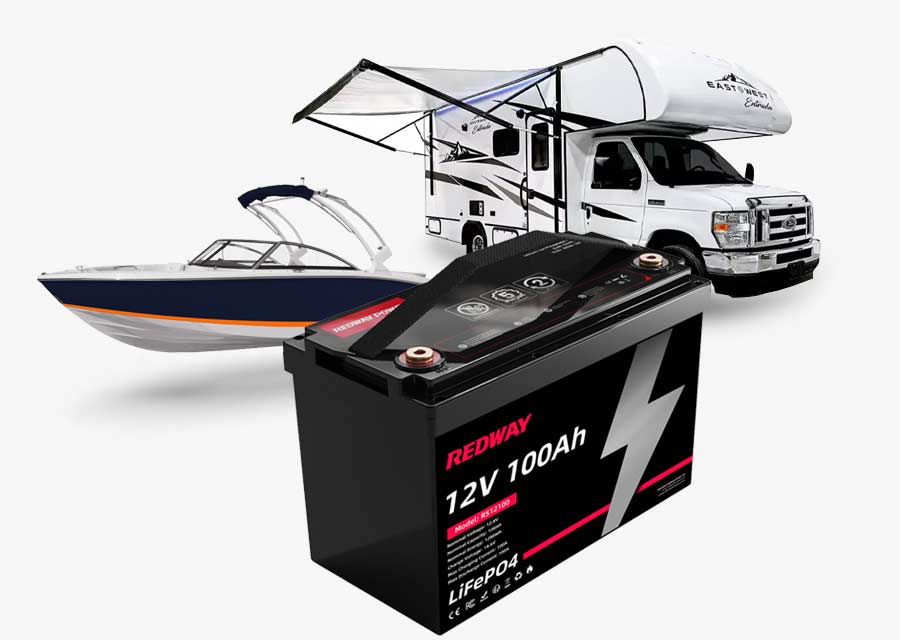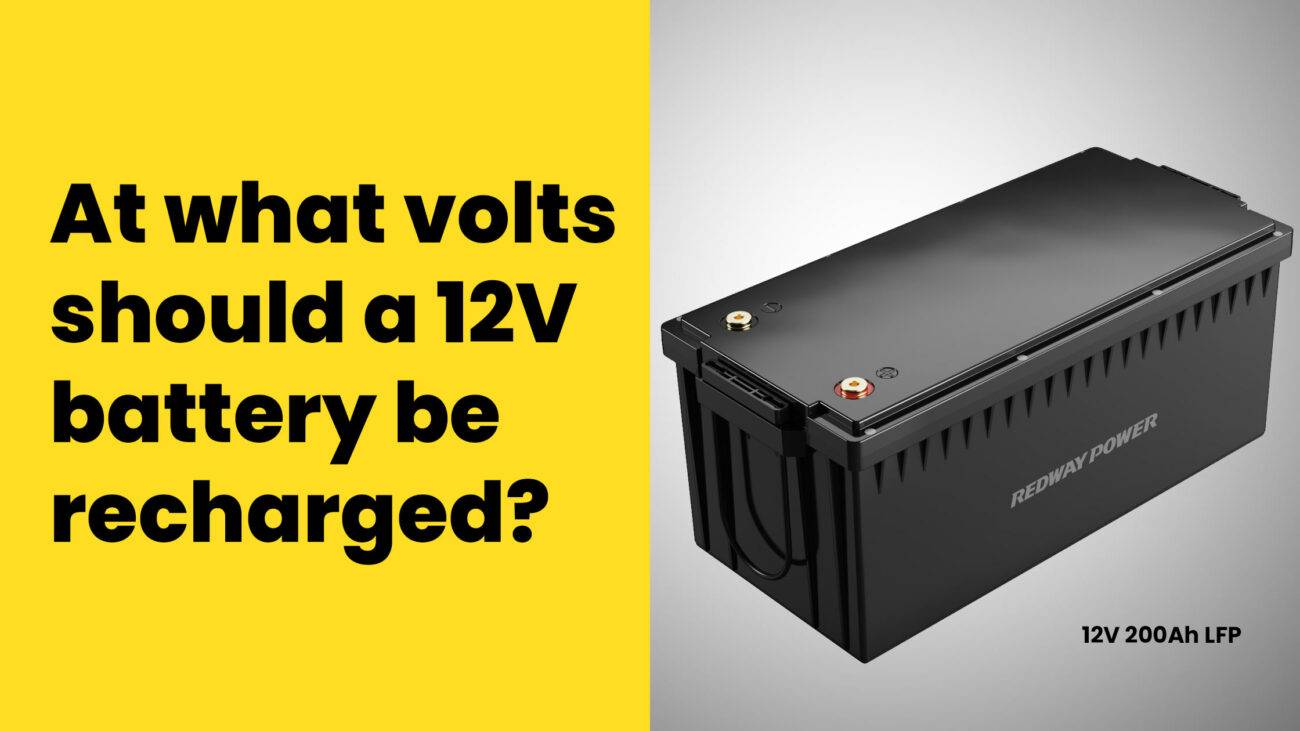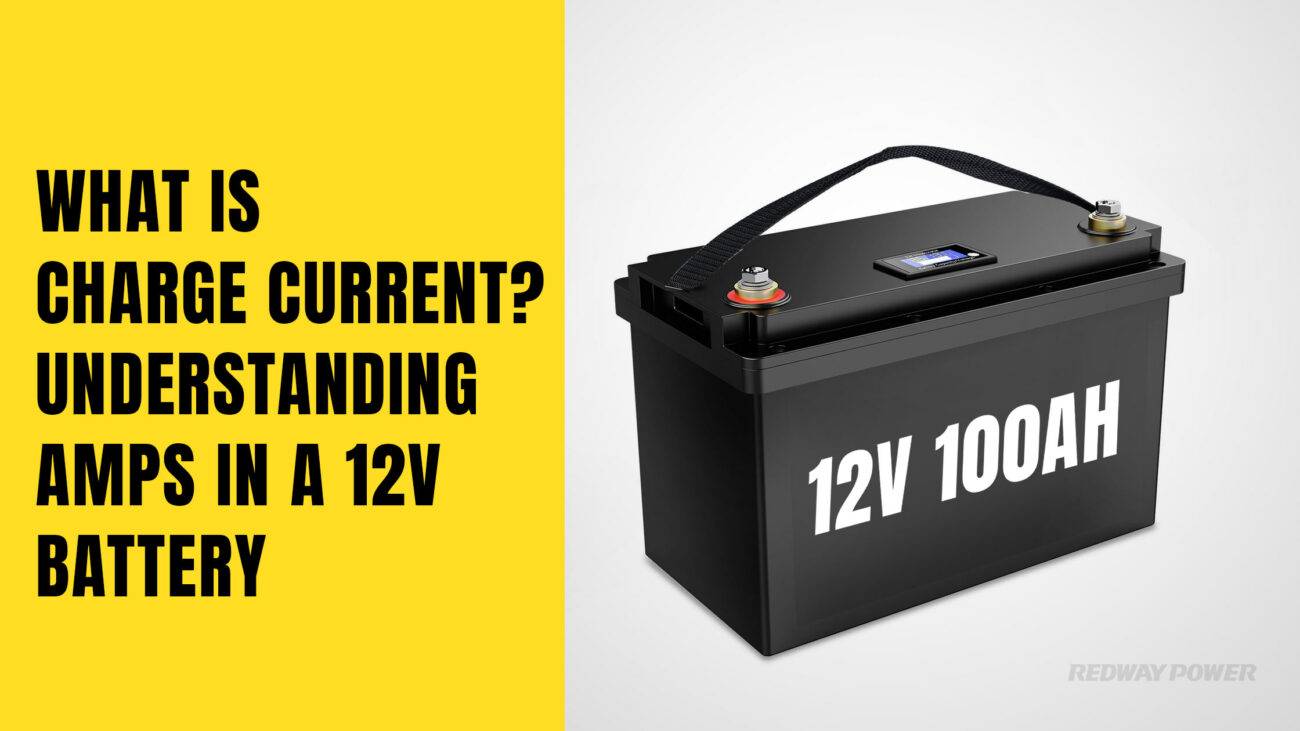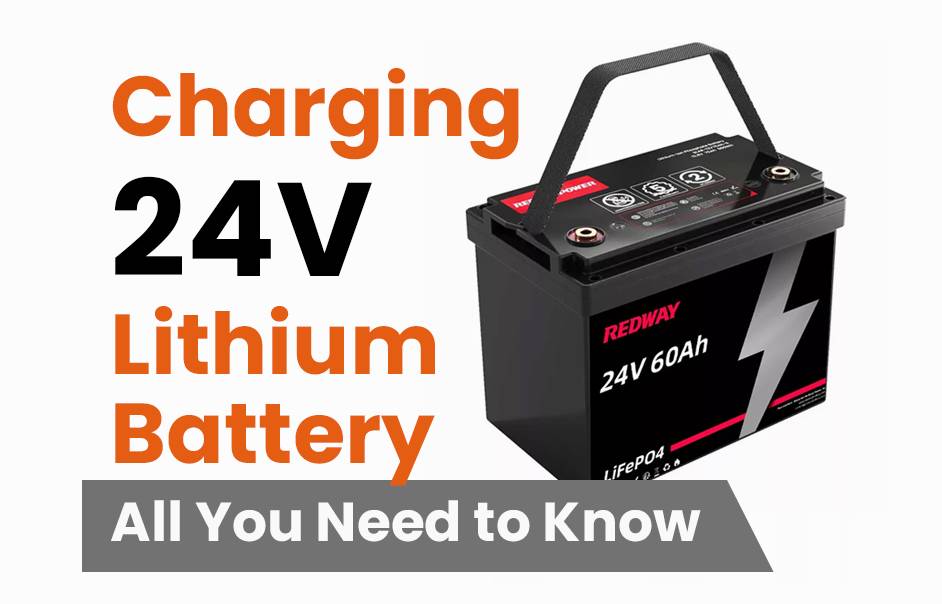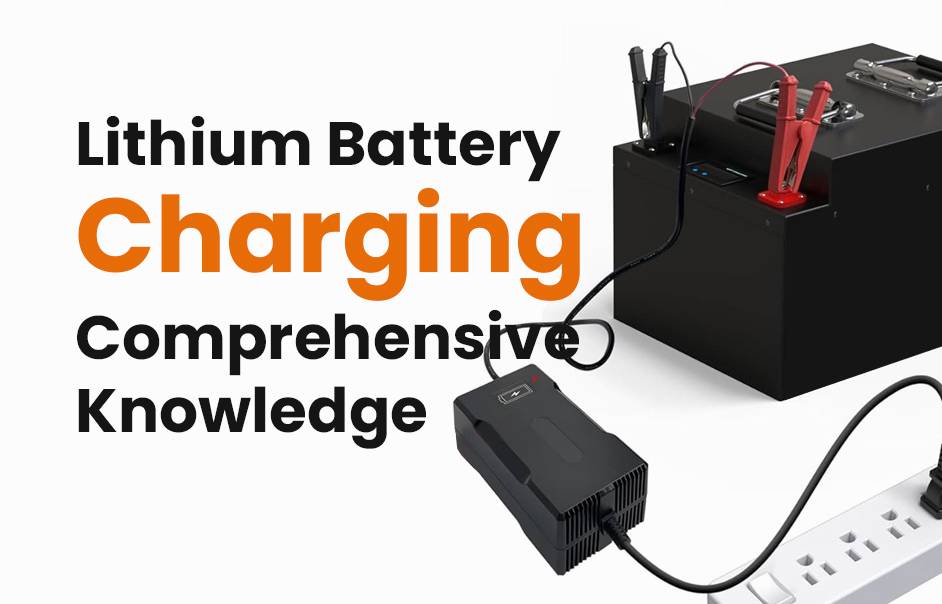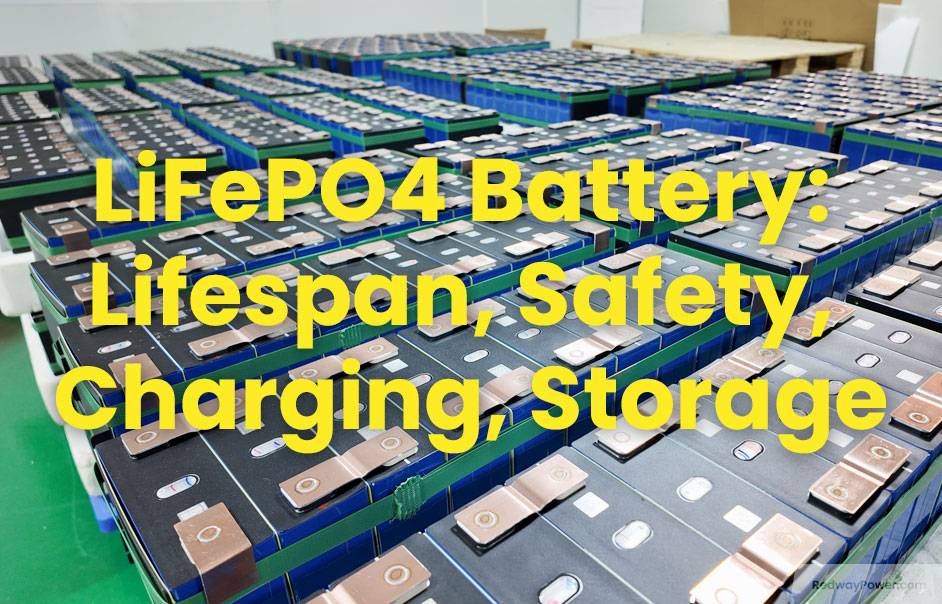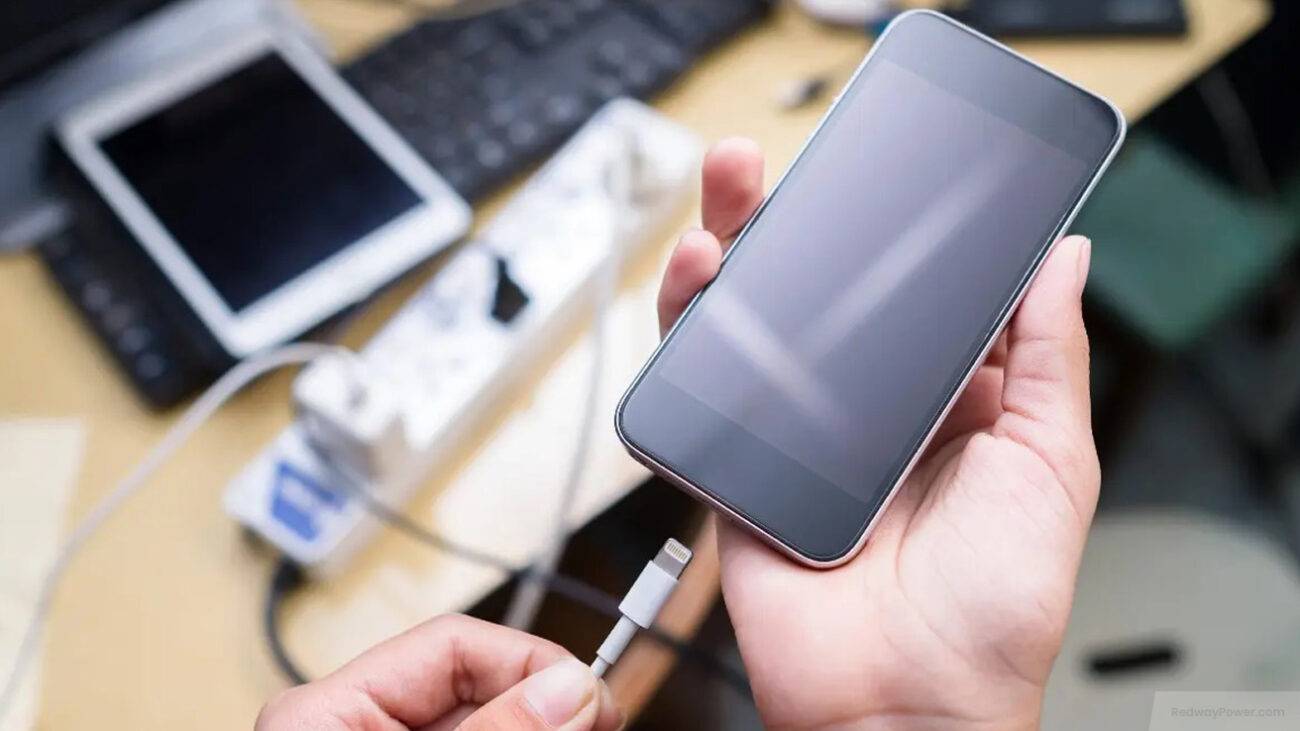Understanding Electric Vehicle Charging
Explore the simplicity of electric vehicle (EV) charging:
- Charging Basics:
- EV charging is akin to refueling, but instead of a gas station, plug your EV into a charging station or wall outlet.
- Energy transfer to the EV battery pack occurs during the charging process.
- Levels of Charging:
- Level 1 chargers use standard household outlets, providing about four miles of range per hour.
- Stage 2 chargers, installed by electricians, offer faster charging speeds in residential or commercial settings.
- Installation and Compatibility:
- Stage 2 chargers operate at higher voltage and require professional installation.
- Not all EVs are initially compatible; some may need additional equipment or adapters.
Understanding these basics empowers EV owners to make informed decisions when choosing the right charger for their needs. Stay tuned for more insights on the electrifying journey through Stage 2 charging! Ready to buckle up for efficient EV charging?
What is Stage 2 Charging?
Explore the efficiency of Stage 2 charging for electric vehicles (EVs):
- Faster Charging Solution:
- Stage 2 charging, or Level 2, offers a quicker and more powerful EV recharge compared to standard outlets.
- With higher voltage (240 volts) and current (up to 80 amps), it significantly reduces charging time.
- Simple Working Mechanism:
- Uses special connectors like J1772 or Type-2 plugs, compatible with most EVs.
- Installation involves upgrading the electrical panel, dedicated wiring, and mounting the charger.
- Convenience Beyond Speed:
- Faster recharge times provide flexibility in daily routines.
- Enables longer journeys without concerns about battery depletion.
- Considerations for Installation:
- Check EV compatibility with fast-charging.
- Consider both charger and potential electrical upgrade costs.
- Evaluate availability, with public and private home-based options offering added convenience.
In conclusion, Stage 2 charging transforms the EV ownership experience, offering not just speed but also enhanced convenience for longer journeys. Ready to make your electric vehicle charging more efficient? Consider Stage 2 charging.
Benefits of Stage 2 Charging
Discover the remarkable benefits of Stage 2 charging for electric vehicle (EV) owners:
- Faster Charging:
- Significantly reduces charging time compared to Level 1 charging.
- With Stage 2, charge your EV up to five times faster for less waiting and more road time.
- Higher Power Levels:
- Provides higher power levels, operating at 240 volts or higher.
- Enables efficient and speedy battery replenishment for quicker charging sessions.
- Versatile Compatibility:
- Compatible with multiple EV models, offering versatility for various vehicles.
- Ensures convenience and flexibility in charging options.
- Flexible Installation:
- Can be installed both indoors and outdoors for home and public use.
- Offers increased flexibility in choosing charging locations.
- Smart Features:
- Some Stage 2 chargers come with smart features like Wi-Fi connectivity.
- Enables remote monitoring through mobile apps for added convenience.
- Battery Optimization:
- May contribute to optimizing the longevity and performance of your EV’s battery pack.
- Efficient and controlled charging through Stage 2 systems can help preserve battery health over time.
Opting for Stage 2 charging brings a multitude of advantages, including reduced wait times, compatibility with various EV models, flexible installation options, and potential preservation of your vehicle’s battery life. Ready to experience efficient and convenient EV charging? Choose Stage 2.
Installation Process for Stage 2 Chargers
Installing a Stage 2 charger for your electric vehicle is straightforward with some planning. Here’s a concise overview:
- Assess Electrical System:
- Ensure your electrical system can handle the additional load.
- Consider a site visit by an electrician to assess your current circuitry.
- Obtain Permits:
- Check local regulations for required permits or approvals.
- Follow necessary procedures to comply with building codes.
- Select Location:
- Choose the best spot based on accessibility and proximity to your parking area.
- Ensure ease of connection to the power supply.
- Install Dedicated Circuitry:
- Set up a dedicated circuit from the electrical panel for optimal performance and safety.
- Follow local electrical codes during installation.
- Mounting and Wiring:
- Securely mount the charging station on an exterior wall or post.
- Connect using appropriate wiring per manufacturer instructions or hire a professional.
- Testing and Activation:
- After connections, test the charger by plugging in your EV.
- Confirm correct charging at maximum capacity before regular use.
Remember, while some may opt for DIY, hiring a licensed electrician is recommended for safety when dealing with high voltage electricity.
Ready to install your Stage 2 charger? Follow these steps for a smooth and safe process. Charge up with confidence for your electric vehicle needs.
Cost and Availability of Stage 2 Chargers
Discover the key aspects of cost and availability when considering a Stage 2 charger for your electric vehicle (EV):
- Cost Considerations:
- Research and compare prices from different manufacturers.
- Understand that costs vary based on brand, features, and installation requirements.
- Recognize the potential upfront investment with long-term savings by reducing reliance on expensive public charging.
- Availability Insights:
- Stage 2 chargers are increasingly common with the growing adoption of EVs.
- Public charging stations now often provide convenient Stage 2 charging options.
- Residential installations are on the rise, enabling at-home EV charging.
- Location Impact:
- Availability may differ based on your location.
- Urban areas with more EV owners typically offer a broader range of charging options.
- Rural or remote areas might have more limited availability as EV adoption progresses.
Consider these factors in line with your budget and requirements to make a well-informed decision about Stage 2 charger installation. Save in the long run by balancing upfront costs with reduced reliance on other charging methods.
Ready to invest in a Stage 2 charger? Explore cost factors, availability insights, and location impact to make a strategic decision that aligns with your EV charging needs. Charge up efficiently and economically.
Considerations for Choosing a Stage 2 Charger
Delve into the world of Stage 2 charging for your electric vehicle, a popular and beneficial choice. Before purchasing, consider these key factors:
- Compatibility Check: Ensure your EV aligns with Stage 2 charging specifications.
- Amperage Evaluation: Balance charging speed with potential electrical upgrades based on the charger’s amperage.
- Flexibility and Convenience: Choose between portable and hardwired stations, weighing the benefits of mobility or permanence.
- Smart Features: Explore chargers with Wi-Fi connectivity or mobile apps for remote monitoring.
- Cost Analysis: Find a charger within your budget, considering brand, features, installation, and warranties.
With these considerations, confidently select the ideal Stage 2 charger for your budget and lifestyle, ensuring efficient and convenient EV charging.
Ready to make an informed decision for your electric vehicle charging needs? Consider compatibility, amperage, flexibility, smart features, and cost to confidently choose the best Stage 2 charger. Power up with efficiency and convenience.
